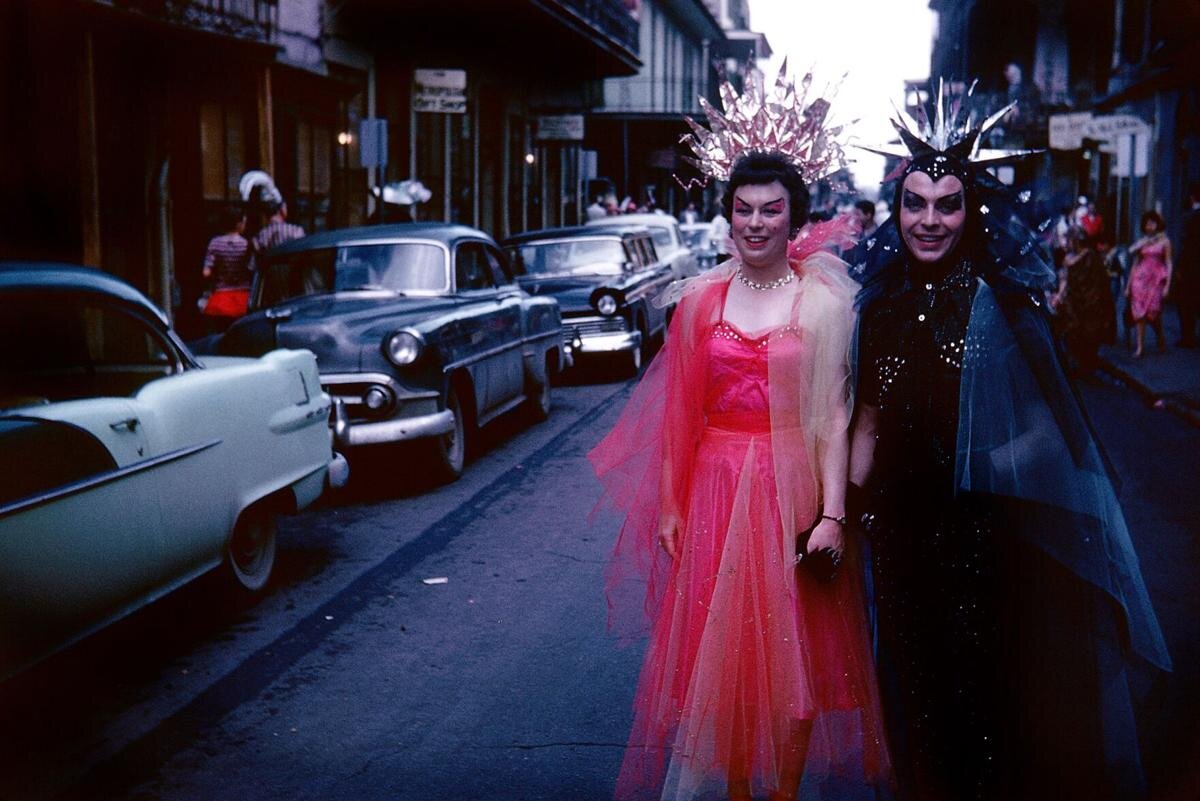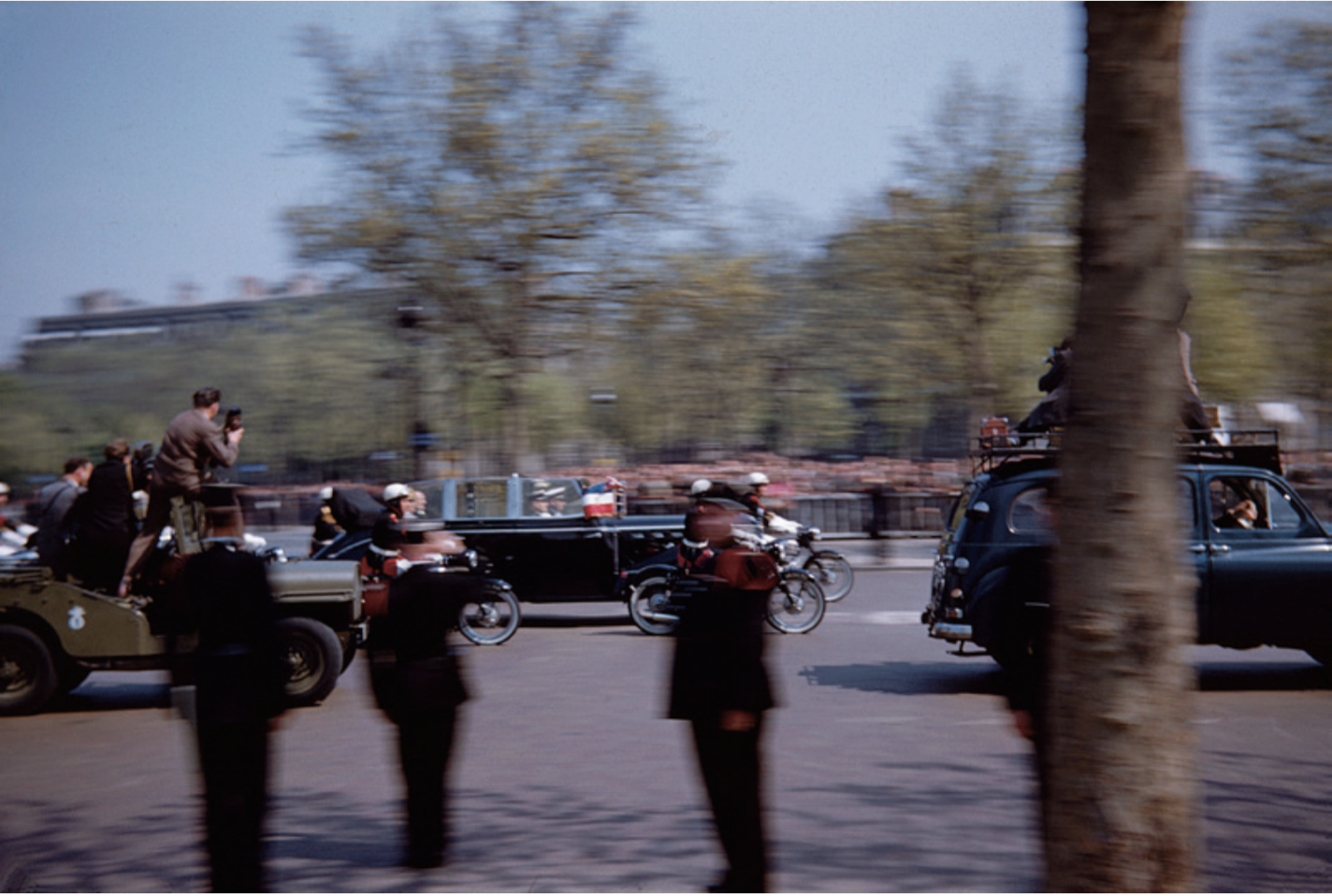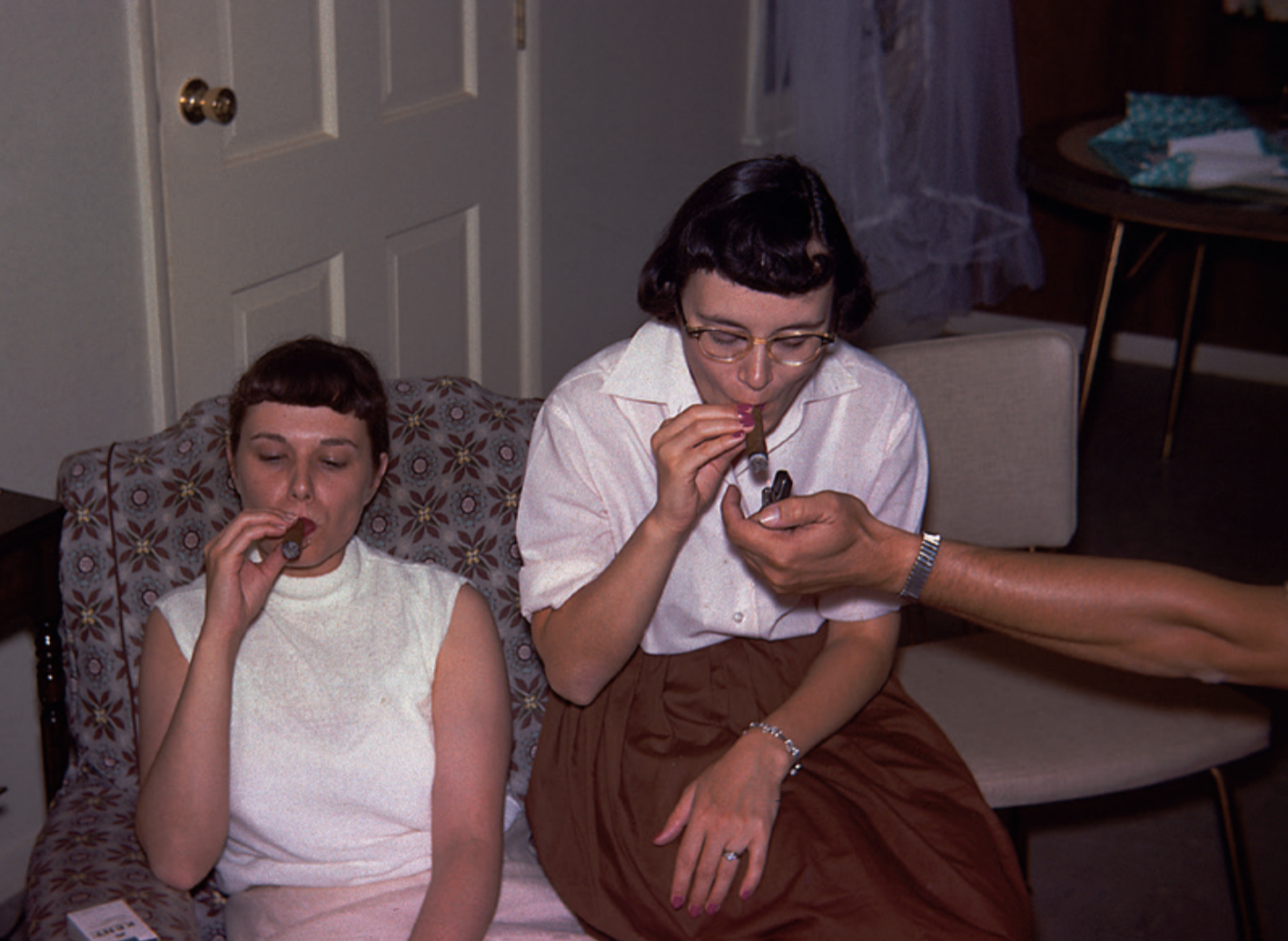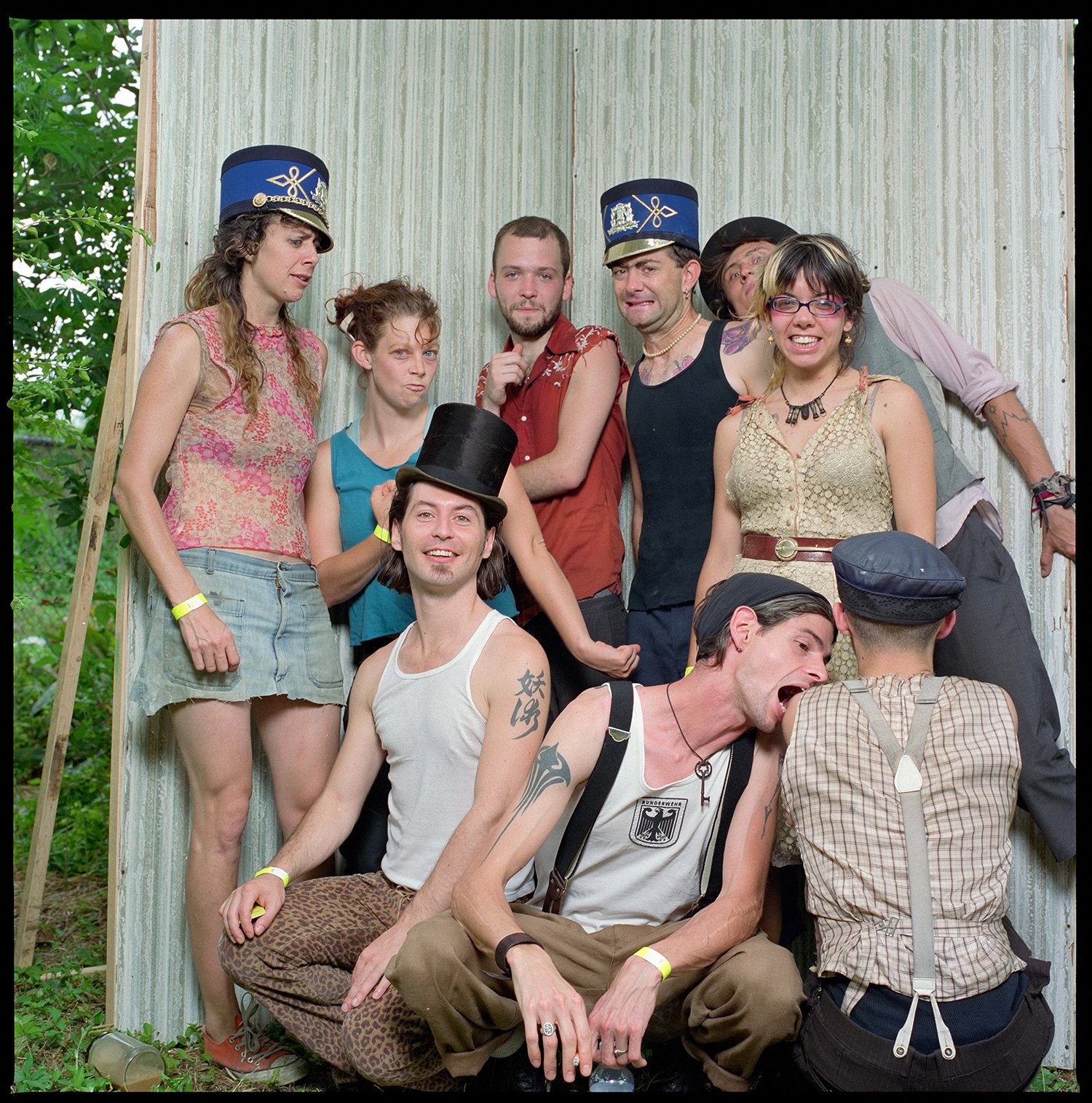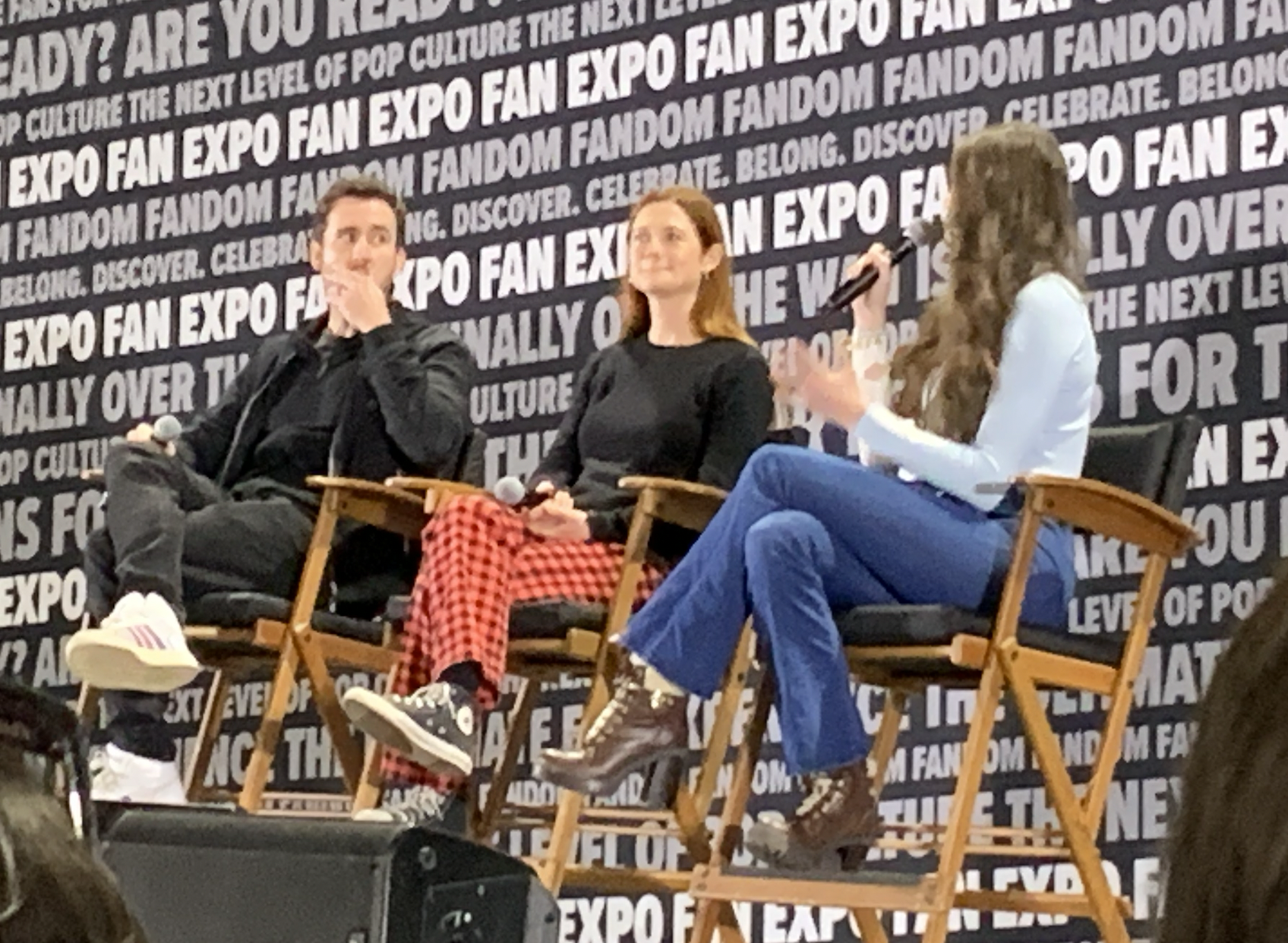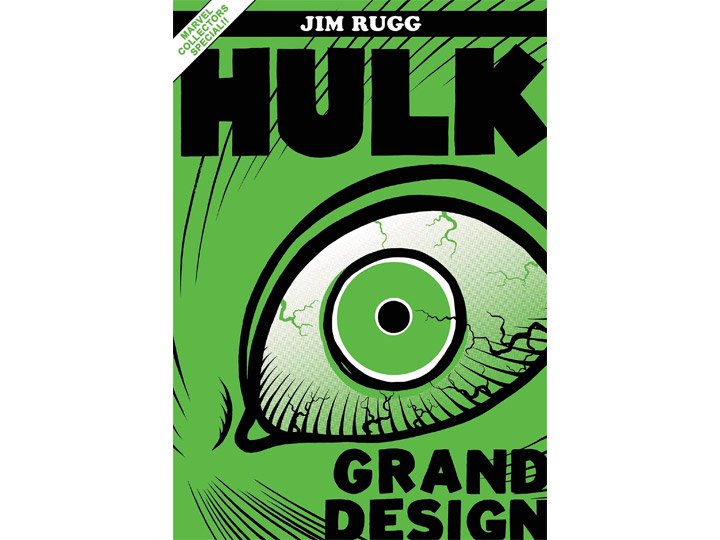Local Writer Discovers Dad's Hidden Years as Artist
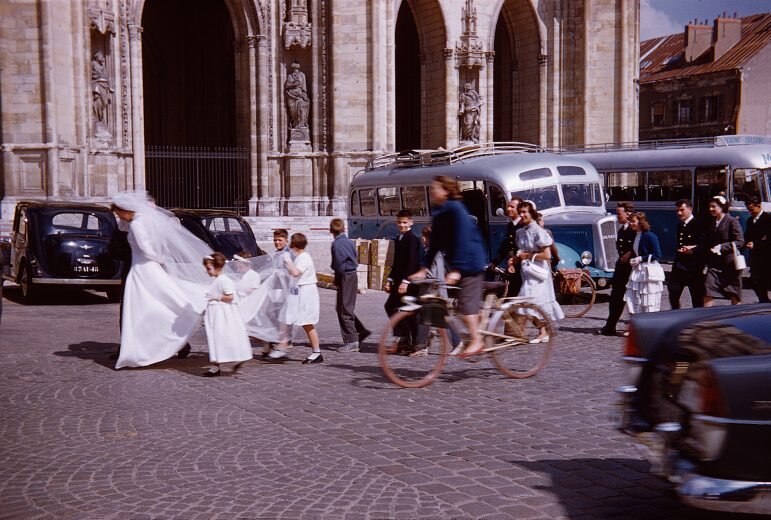
“Procession” by Jerry Tisserand
In “My Father When Young,” Michael Tisserand presents evidence that his father had an unknown artistic side that he shut down before becoming a family man.
Everybody had a pandemic project. Some worked their way through the Criterion Collection, some did jigsaw puzzles, and others cleaned out closets. Writer Michael Tisserand took on one such housekeeping project, going through boxes of his late father Jerry’s stuff that he had simply stashed. He had put off the task off because it was the kind of chore that, once started, would become all-consuming. What do you do with the remnants of your dad’s life?
In the bottom of a box he found a tray of slides, which would normally be a very dad thing to find. But Tisserand didn’t remember his dad shooting photos, nor did his family. Michael’s mother took the pictures when he was growing up, and when he saw his father’s photos, the surprise deepened. There weren’t the usual snapshots of embarrassing Easter outfits and Christmas aftermaths. These photos captured scenes Jerry Tisserand witnessed in Europe as a young GI and back home after his discharge, and they demonstrated an eye for composition and understanding of what made a good photo. Since the family didn’t go to museums or have art books around the house, those qualities were puzzles as well.
“My best guess is because of the widespread popularity of magazines like Life, he inhaled beautiful photography growing up and had that in his mind when he got a camera from his army PX and wanted to do something original,” Tisserand says.
It was a side of his father that Tisserand had never seen before, but he still recognized his father in the photos. Jerry Tisserand sold stocks in the 1970s, and he was happiest when discovering lesser known companies that he thought offered good value, and he loved to talk about the subtleties in his research that tipped him off.
“He had an eye for the little telling details as a salesperson as well as an incredible gregariousness,” Tisserand says. “Those photos speak to me of both of those qualities.”
“Crowns - New Orleans” by Jerry Tisserand
Michael Tisserand recently published a book of photos from the stash, My Father When Young, and the quality of Jerry’s photos make the book more than just a vanity project. His photos from a visit to New Orleans for Mardi Gras in 1959 tell us as much about the photographer as the subjects. Most commonly seen shots of parades and costumes focus on the scope and spectacle of Mardi Gras, letting the size of the crowd become as big a part of the photo as a float’s riders throwing beads. Jerry Tisserand tightened his shots to make the experience more human. His parade photo focuses on the moment of interaction between parade-goers and riders, and when he shot men in drag or flamboyant costumes, his camera got closer than many—not portrait close, but close enough that he had to have talked to his subjects to get those shots.
“He’s a handshake away from all these subjects,” Tisserand says, and for his father, a handshake might well have been the prelude to the photos, just as it would have been when meeting clients. “He liked the relationships he formed through sales as much as anything.”
For Michael, the project came at a good time. Not only did COVID give him a reason to spend a lot of time at home, but the writer of Krazy: George Herriman, a Life in Black and White and Kingdom of Zydeco was between projects and had time to think about how these photos connected to the man he knew. He looked at photos and saw his own reporter’s instincts when his father covered the coverage when Marshal Tito visited Paris.
“Filming Marshal Tito and René Coty — Paris, France” by Jerry Tisserand
Throughout My Father When Young, it’s tempting to say that Jerry Tisserand had an eye for the old world meeting the new world. That’s often there, but really, his photos depict his old world meeting his new one, and that’s never clearer than in a series of photos taken when he returned home from Europe to his native Evansville, Indiana. Specifically, we see moments from his life a year before he would meet his wife and start his family, but more broadly, the photos depict him and his friends toeing the line where their teenage lives end and their adult ones begin, whether it’s something as frivolous as trying to stand on their heads on a country road or women gingerly discovering how to smoke a cigar. Today, these shots look quaint, but a little historical imagination restores a frisson to the shots as the people in them flirt with the forbidden.
“Lighter - Evansville, Indiana” by Jerry Tisserand
My Father When Young is the project’s title, but the book and photos don’t require readers to know Michael or invest in his family life. The photos and the people in them speak for themselves, and Tisserand’s selections make us conscious of the man behind the camera. Because of that, the book leaves readers with questions once it’s done. Why did Jerry put the camera down? Didn’t he know he had an eye? Did he see what others now see in those photos? “I can connect these photos to character traits of his, [but] I had no idea that they took form in a very specific art, and I still don’t know how that happened,” Michael says.
Those questions help the book linger, as so do the photos themselves. Jerry Tisserand may not have thought of his photos as art and himself, an artist, but My Father When Young certainly makes both cases.
Creator of My Spilt Milk and its spin-off Christmas music website and podcast, TwelveSongsOfChristmas.com.


